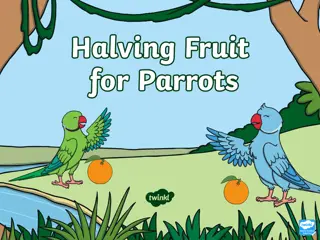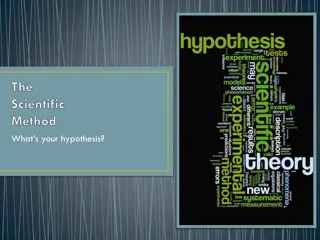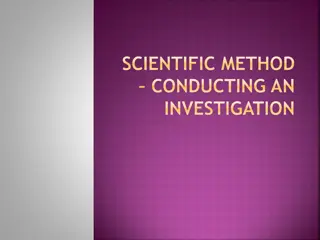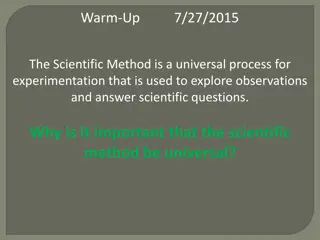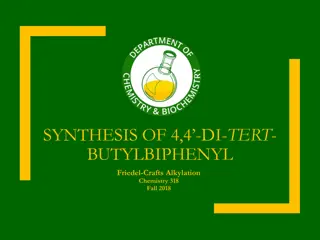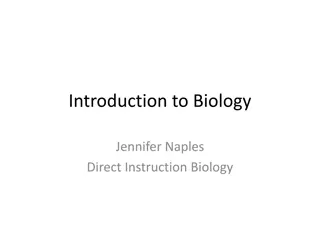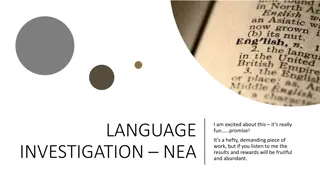Exploring the Scientific Method: Penny Lab Investigation
During the Penny Lab experiment, a student observes water droplets forming on pennies and wonders how many drops can fit on a single penny. Through research on water properties and hypothesis formation, the student designs and conducts an experiment to test their predictions. By recording data and drawing conclusions, the student explores the scientific method in a hands-on activity involving water adhesion and cohesion on a small scale.
Download Presentation

Please find below an Image/Link to download the presentation.
The content on the website is provided AS IS for your information and personal use only. It may not be sold, licensed, or shared on other websites without obtaining consent from the author.If you encounter any issues during the download, it is possible that the publisher has removed the file from their server.
You are allowed to download the files provided on this website for personal or commercial use, subject to the condition that they are used lawfully. All files are the property of their respective owners.
The content on the website is provided AS IS for your information and personal use only. It may not be sold, licensed, or shared on other websites without obtaining consent from the author.
E N D
Presentation Transcript
Penny Lab: Exploring the Scientific Method
Step 1: Make an Observation During the summer my family plays a game known simply as The Penny Game . It involves throwing twenty pennies in the swimming pool and then on the count of 3 racing to see who can collect the most pennies. When not in use we leave the pennies on the windowsill of the garage. I have noticed that when it rains, drops of water collect on top of the pennies.
Step 2: Ask a Question Based on my initial observation I came up with this question. 1. How many drops of water can fit on a penny?
RESEARCH WATER IS A POLAR MOLECULE, MEANING IT HAS A NEGATIVE AND A POSITIVE END. THE POSITIVE REGION ON ONE MOLECULE IS ATTRACTED TO THE NEGATIVE REGION ON ANOTHER. THIS MAKES WATER COHESIVE. COHESIVE MEANS I STICKS TO ITSELF. IN BODIES OF WATER LARGE AND SMALL, WATER FORMS A SKIN ON THE SURFACE. THIS IS STRONG ENOUGH FOR SOME INSECTS TO WALK ON! HTTPS://YOUTU.BE/OEYYISSPF4I (END AT 2:21)
Step 3: Form a Hypothesis Hypothesis 1: I think _________ drops of water will fit on a penny Hypothesis 2- Class Hypothesis: The class thinks between_____ and _____ drops of water will fit on a penny
Step 4: Design an Experiment Materials: 1 penny Paper towel Eye dropper/pipette Water in small cup Procedure: Step 1: Rinse a penny in tap water and dry completely. Step 2: Place the penny on paper towel. Step 3: Use a dropper to place drops of WATER on the penny (one at a time) until ANY amount of water runs over the edge of the penny. Step 4: Record the number of drops for that trial in the table for you Step 5: Repeat steps 3-4 for your partner. Do this for 3 trials.
Step 6: Draw Conclusions Determine if your data did or did not support your hyopotheis.









